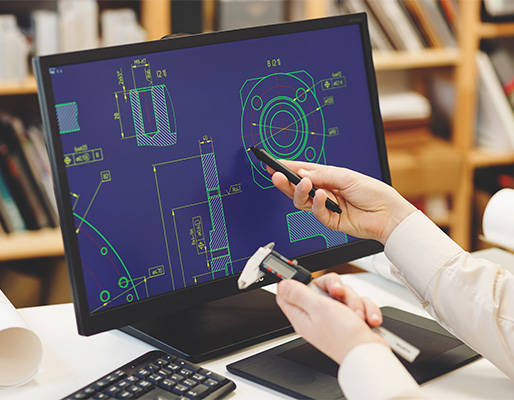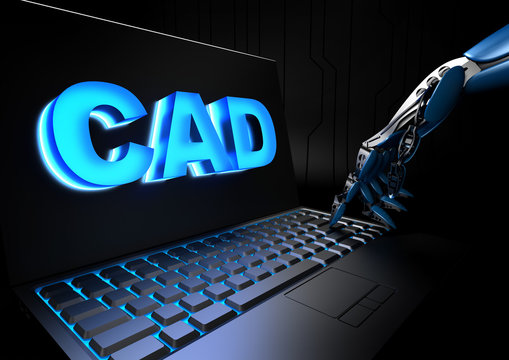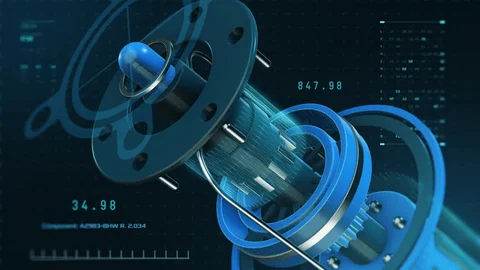Your order.

Saumon Gravlax

Chevrefrit au miel

Croustillant de poisson

Stracciatella


Engineering All traditional engineering branches use software extensively. Engineers use spreadsheets, more than they ever used calculators. Engineers use custom software tools to design, analyze, and simulate their own projects, like bridges and power lines. These projects resemble software in many respects, because the work exists as electronic documents and goes through analysis, design, implementation, and testing phases. Software tools for engineers use the tenets of computer science; as well as the tenets of calculus, physics, and chemistry.
Computer-aided design



Computer-Aided Design (CAD) is the use of computers (or workstations) to aid in the creation, modification, analysis, or optimization of a design.[1]: 3 This software is used to increase the productivity of the designer, improve the quality of design, improve communications through documentation, and to create a database for manufacturing.[1]: 4 Designs made through CAD software are helpful in protecting products and inventions when used in patent applications. CAD output is often in the form of electronic files for print, machining, or other manufacturing operations. The terms computer-aided drafting (CAD) and computer-aided design and drafting (CADD) are also used.
Its use in designing electronic systems is known as electronic design automation (EDA). In mechanical design it is known as mechanical design automation (MDA), which includes the process of creating a technical drawing with the use of computer software.



CAD software for mechanical design uses either vector-based graphics to depict the objects of traditional drafting, or may also produce raster graphics showing the overall appearance of designed objects. However, it involves more than just shapes. As in the manual drafting of technical and engineering drawings, the output of CAD must convey information, such as materials, processes, dimensions, and tolerances, according to application-specific conventions.
CAD may be used to design curves and figures in two-dimensional (2D) space; or curves, surfaces, and solids in three-dimensional (3D) space.
CAD is one part of the whole digital product development (DPD) activity within the product lifecycle management (PLM) processes, and as such is used together with other tools, which are either integrated modules or stand-alone products.